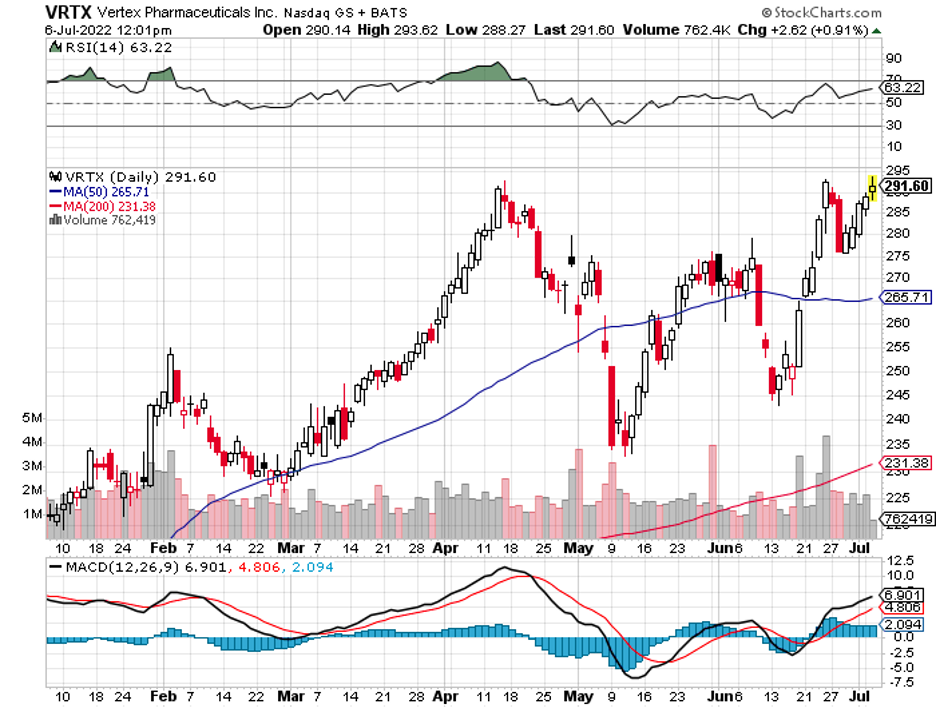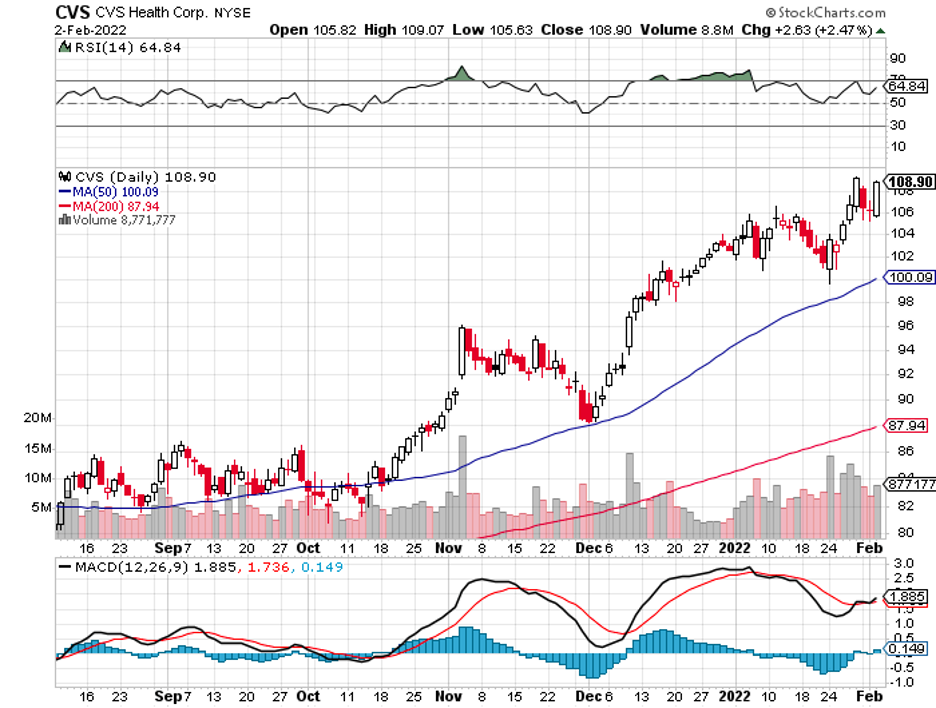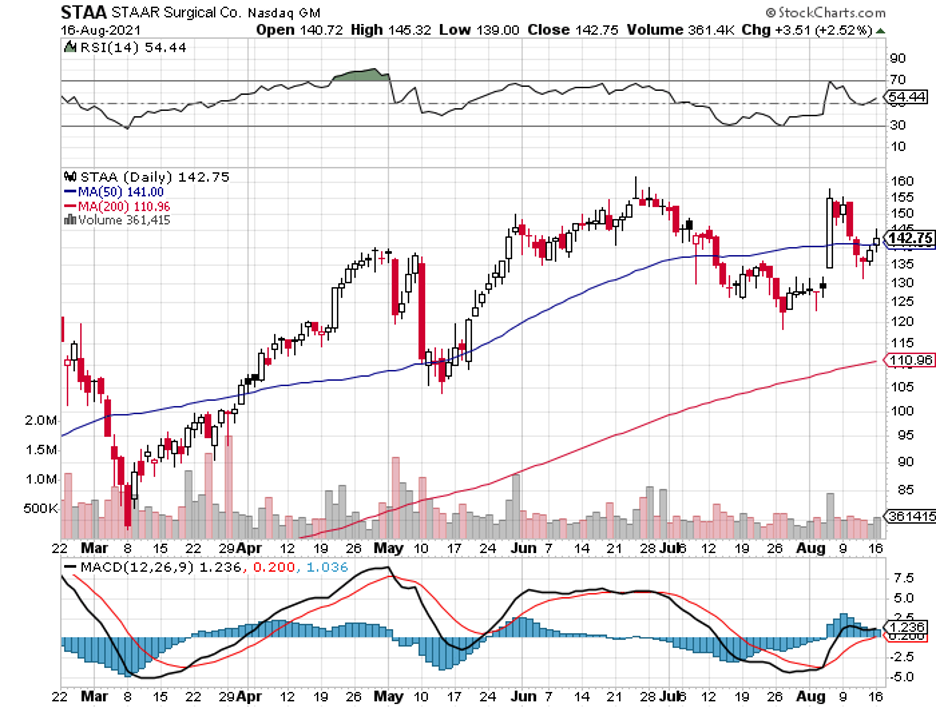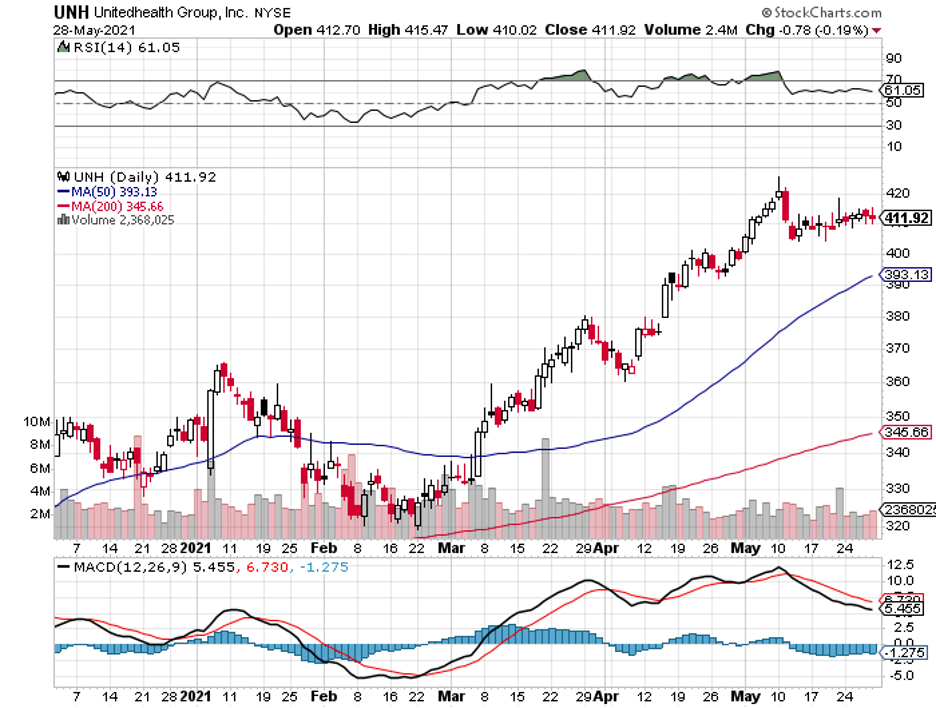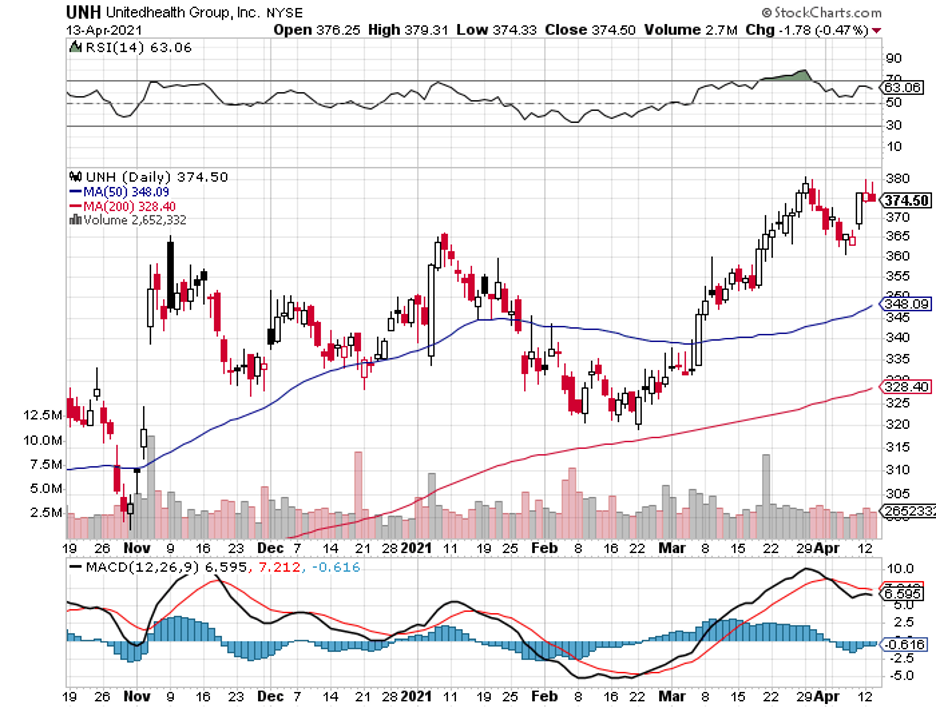Even with the decline of the general market, several stocks have managed to buck the trend and thrive.
However, no stock is worthy of serious consideration if it isn’t at least delivering some positive returns.
In the biotechnology sector alone, there are roughly 750 biotech stocks on the major US exchanges.
Approximately 50 of these have been in the positive territory in the last 12 months. Among them, only 25 have shown a 20% or above jump.
In this very short list of promising biotechnology stocks in 2022, one name stands out as a huge winner amid a growing number of losers: Vertex Pharmaceuticals (VRTX).
Vertex shares have increased and soared near 50% over the past 12 months. In fact, the stock is up by over 30% thus far this year.
On top of stock performance, another factor to consider is the quality of the underlying business.
At the very least, the company needs to show potential to grow sales and deliver profits. Vertex once again delivers on these aspects.
The durability and dependability of revenue and earnings growth are critical.
This year, only three of the surviving biotechnology companies from the whittled-down list managed to generate positive top- and bottom-line growths over the past five years.
These are United Therapeutics (UNH), Siga Technologies (SIGA), and, of course, Vertex.
Vertex’s recent performance is a complete 180 from earlier times. The stock fell more than 30% from October 2020 until October 2021. This decline was primarily due to the investors’ anxiety over the company’s heavy reliance on its cystic fibrosis (CF) program.
Evidently, the tide has turned for Vertex. More importantly, this could only be the start.
While a biotech with an excellent track record is a good indicator, it’s not a guarantee that it can deliver the same results in the future.
However, Vertex appears to be doing an exceptional job of continuing its winning streak.
The company holds a rare advantage that only a handful of biotechs have: a rock-solid moat.
While investors may not like Vertex’s complete reliance on its CF business, it’s critical to remember that expansion is far from over for this particular therapeutic segment.
Moreover, Vertex is the market leader in this field worldwide—and it’s expected to keep this position until the late 2030s at the very least.
Four CF treatments have been approved in both the US and Europe, and Vertex makes all of them.
Sure, several companies are attempting to enter this market and compete against Vertex, but none of them have gotten past Phase 2. Actually, most of the potential rivals are still in the preclinical testing phase.
This monopoly enables Vertex to generate solid revenue and earnings growth continuously. In the first quarter of 2022, the company’s cash position reached $8.2 billion.
If that’s not enough to secure Vertex’s position in this market, then here’s another one. The biggest threat to Trikafta, one of Vertex’s CF blockbusters, is a candidate being studied and developed by none other than Vertex itself.
That’s right: Vertex’s biggest threat is another Vertex candidate.
In terms of patent exclusivity, Vertex has this concern covered as well because its best-selling CF treatment won’t expire until 2037.
Nonetheless, investors aren’t the only people hoping to expand Vertex’s portfolio. The company has been steadfastly working on that, too.
Aside from working on a potential groundbreaking mRNA-based CF treatment with Moderna (MRNA), Vertex has been developing candidates in several key segments, including diabetes, blood disorders, and pain.
Vertex and CRISPR Therapeutics (CRSP) are expected to seek regulatory approval for exa-cel (CTX001), a potential one-time cure for sickle cell disease and transfusion-dependent beta-thalassemia, within 2022.
It also moved its kidney disease candidate, VX-147, into late-stage trials last March. If this works out, the treatment can target a larger patient population than CF.
Another program expected to move into late-stage trials in the second half of 2022 is VX-548, an experimental non-opioid pain drug.
Meanwhile, its Type 1 diabetes pipeline is anticipated to grow soon. The company already has at least one cell therapy queued for early-stage testing, and the plan is to advance another program into clinical trials by the fourth quarter of this year.
Simply put, Vertex’s pipeline is akin to a quiver full of arrows. Considering the company’s track record, it would no longer be surprising if it hits all its targets.

